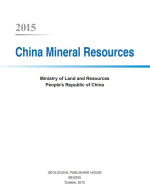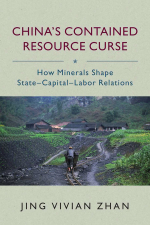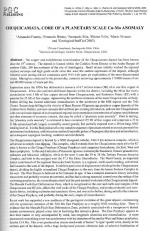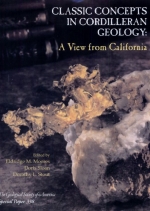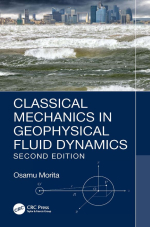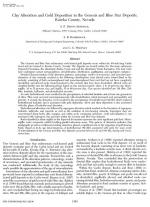Добрый день, Коллеги. Важное сообщение, просьба принять участие. Музей Ферсмана ищет помощь для реставрационных работ в помещении. Подробности по ссылке
- « первая
- ‹ предыдущая
- …
- 27
- 28
- 29
- 30
- 31
- 32
- 33
- 34
- 35
- …
- следующая ›
- последняя »
- « первая
- ‹ предыдущая
- …
- 27
- 28
- 29
- 30
- 31
- 32
- 33
- 34
- 35
- …
- следующая ›
- последняя »




